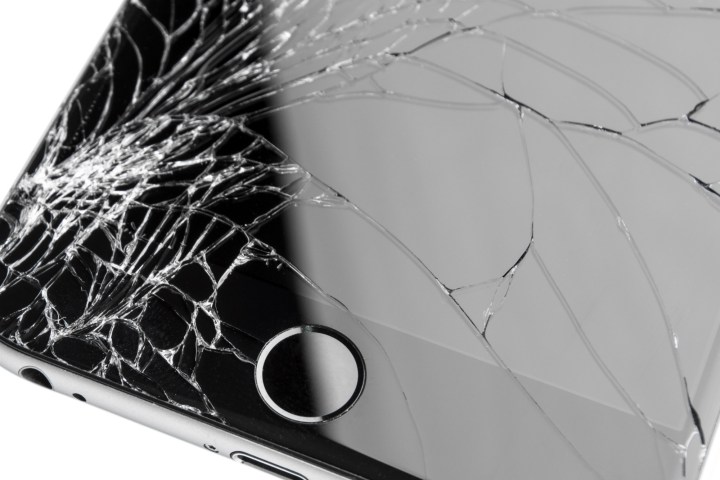
It’s called the upgrade effect, and is a result of the “gotta have it” consumer culture we live in. Marketers bombard us with reasons why we need to get the latest and greatest, and apparently we respond to it — even if we don’t realize it.
Our need to upgrade isn’t unique to the Apple faithful. Researchers in the past have linked an increase in cavalier attitudes toward other possessions when newer and better versions are available. Data further suggests that this isn’t necessary intentional: it’s more of a subconscious reaction than anything.
The behavior was observed even among those who think they always take good care of their stuff. These people also showed an increase in more careless behavior when new models came to market. Some of us might notice it in our own behaviors (anecdotally, I broke every iPhone I’ve ever owned — except for one — late in my ownership of them and when plenty of juicy details on the next device were out).
“We would feel guilty about upgrading without a reason — but if our current product were damaged or depleted, we’d have a justification to upgrade without appearing wasteful,” study co-author Silvia Bellezza was quoted by Mashable as saying in a statement. “So we use our phone in the rain or leave our laptop behind at airport security without being aware that our carelessness has an underlying motivation.”
The researchers used a dataset of 3,000 lost iPhones, along with an online survey of 602 iPhone users. This was compared with lab data on similar behaviors surrounding mugs, glasses, and other items, which found a similar pattern.
The study will be published in a future issue the Journal of Marketing Research.
Editors' Recommendations
- This one Apple Fitness feature completely changed how I exercise
- An Apple insider just revealed how iOS 18’s AI features will work
- iPhone 16: news, rumored price, release date, and more
- iPhone SE 4: news, rumored price, release date, and more
- 3 reasons why I’ll actually use Anker’s new iPhone power bank


